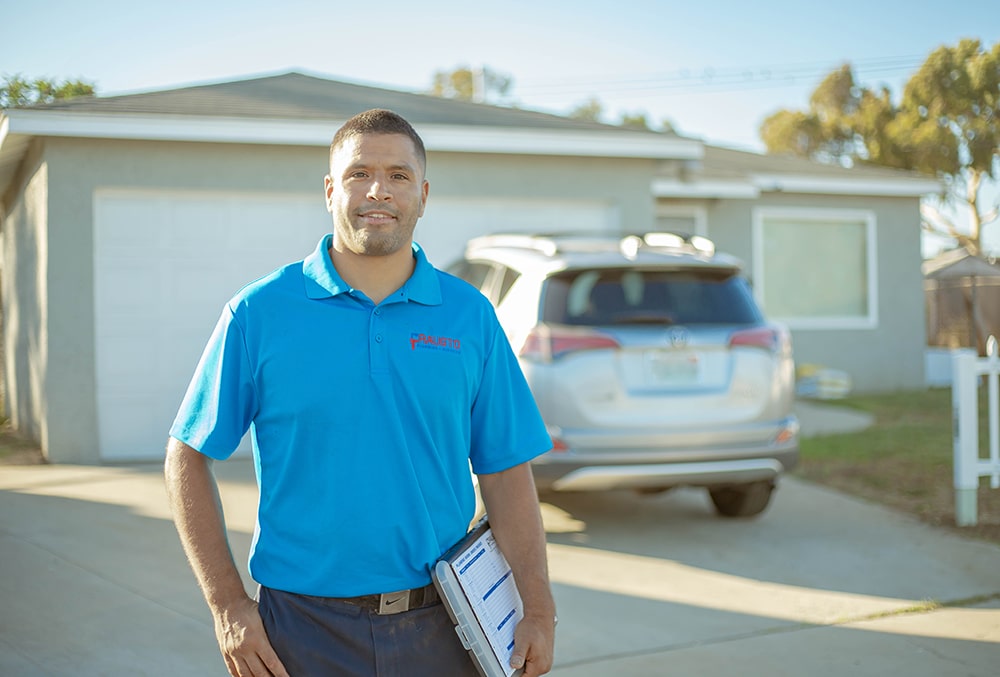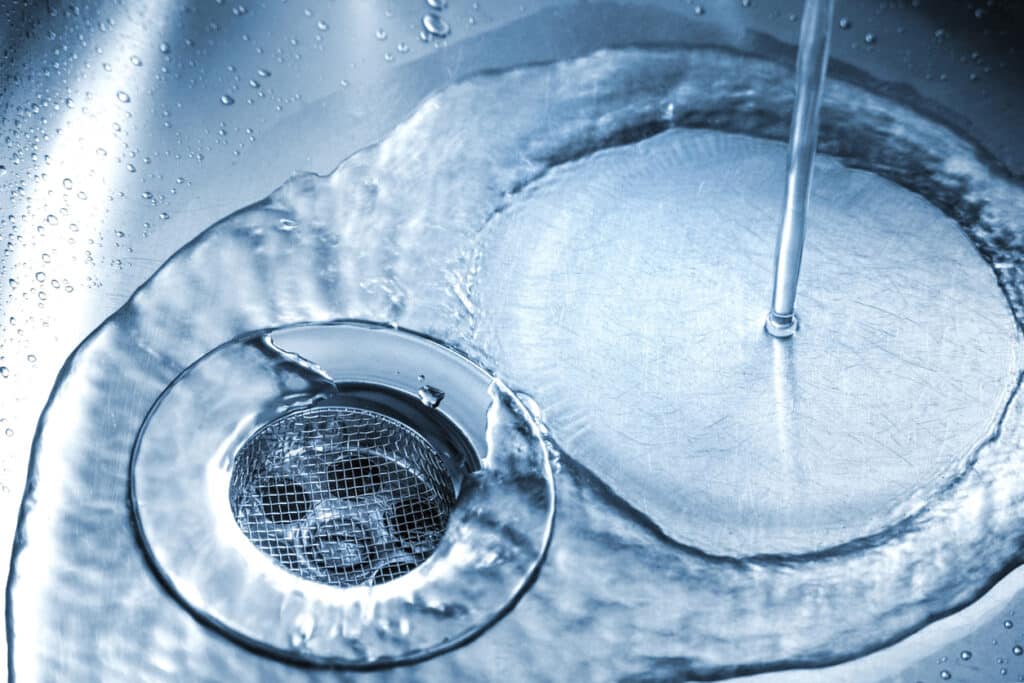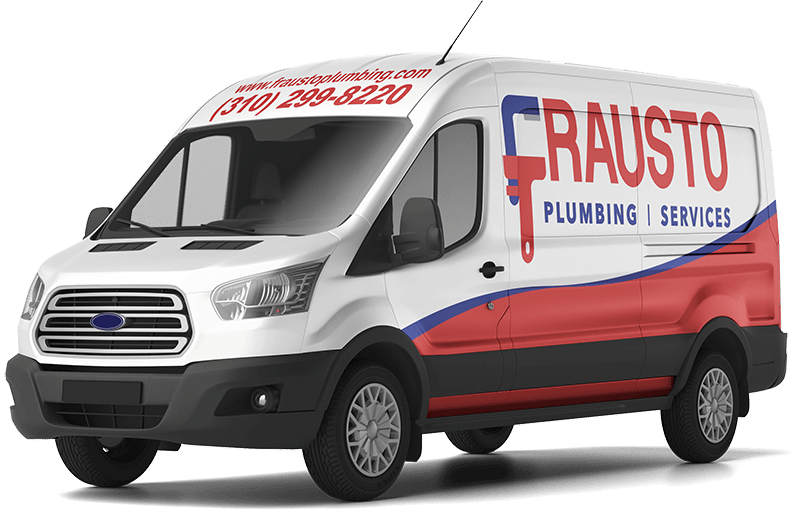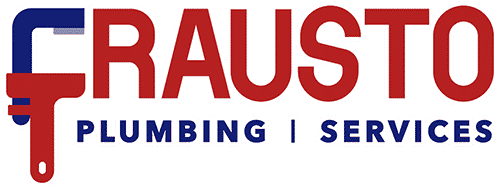How often do you think about your drains? If you’re like most people, you probably don’t think much about them until there’s a problem. With the new year just around the corner, now is the perfect time to set up a maintenance plan for your plumbing system. Catching issues early is the best way to prevent expensive repairs.
The Importance of Drain Maintenance
Ignoring your drains sets you up for clogs and unpleasant odors and can even damage your sewer line. Scheduling periodic checks helps keep everything flowing smoothly and saves you from costly repair bills later on.
Types of Drains to Consider
When creating your maintenance schedule, it’s easy to remember kitchen and bathroom sinks and tub and shower drains, but don’t forget about your outdoor drains! Outdoor drainage systems include gutters, downspouts, and storm drains. Make sure to give them all some extra attention.
Perform an Initial Inspection
Take a moment to assess your current drain situation. Perform a thorough inspection and look for signs of trouble such as slow draining, strange smells, or gurgling sounds. Check for leaks around sinks and under pipes. Don’t forget to clear your gutters of debris. This will give you a solid starting point to monitor for changes as you go along.
Identify Problem Areas
Certain areas in your home are more prone to drainage issues than others. Kitchen sinks often get clogged with food and grease, while bathroom drains can accumulate hair and soap scum. Outdoor drains can easily become blocked by falling leaves and debris. By identifying these problem areas, you can prioritize them in your maintenance schedule.
Creating a Maintenance Schedule
To keep your drains functioning properly, establish a maintenance schedule with tasks spread across weekly, monthly, and yearly intervals. On a weekly basis, flush your kitchen sink with hot water to dissolve grease and food particles, and always use a drain strainer to catch scraps. In the bathroom, remove hair and debris from drain covers and run hot water to clear soap residue. For outdoor drains, clear leaves and debris from visible openings and gutters to prevent blockages.
Every month, deep clean your drains using a mixture of vinegar and baking soda, followed by hot water to break down buildup. Inspect the area under sinks for any signs of leaks, and take a closer look at downspouts and gutters to ensure they’re free of obstructions.
Once a year, conduct a comprehensive inspection to check for slow drains, unusual noises, or bad odors. Consider hiring a professional plumber for a deep clean and to identify any hidden issues. Finally, clear out downspouts and ensure outdoor drainage systems are functioning properly.
Tips for Preventing Problems
To prevent future clogs, use mesh drain covers to keep food and hair out of drains. Keep grease out of your kitchen sink by pouring it into empty food cans and discarding it in the trash. Educate your family about what can and can’t go down the drain, and remember to wipe greasy pots and pans with a paper towel before washing them.
Get Professional Help
There are several steps you can take yourself to keep your drains in good condition. For leaks or persistent clogs, however, don’t hesitate to call a professional plumber for help. To book drain cleaning services for the new year, contact Frausto Plumbing in Compton, CA.






